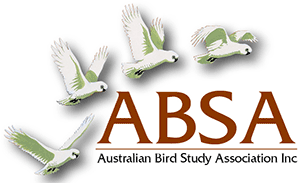Nesting ecology of the Masked Lapwing Vanellus miles novaehollandiae at two peri-urban sites: breeding densities, nest characteristics, clutch sizes and hatching success
| Posted: |
31/08/2020 |
| Author(s): |
Matthew Mo |
Masked Lapwings
Vanellus miles novaehollandiae nesting in urban and peri-urban areas generate several management issues, such as their ground-based nests being vulnerable to destruction and their aggressive, defensive behaviour towards humans and pets. This paper reports on a four-year study of Masked Lapwing breeding attempts at two peri-urban sites in western Sydney, Australia. The mean density of breeding pairs was respectively 13.6 and 17.7 pairs/km2 at the two sites. Seventy-three nests were recorded, mostly on mown lawns on level ground. Breeding pairs mostly nested in open areas with <30% canopy cover and one or no trees within 10 m of the nest. Nests were mostly 10-250 m from the nearest watercourse and near roads and walkways. Mean clutch size was 3.2 eggs. Mean hatching success was 81.1%, very high compared with that recorded in other studies, which may be related to factors such as provision of artificial irrigation and potentially lower disturbance to breeding pairs. The findings provide an important information source for predicting the location of Masked Lapwing nests in similar peri-urban environments.
>> Download Abstract |
File Size: 189 KB
>> Download Complete PDF | File Size: 3.4 MB
